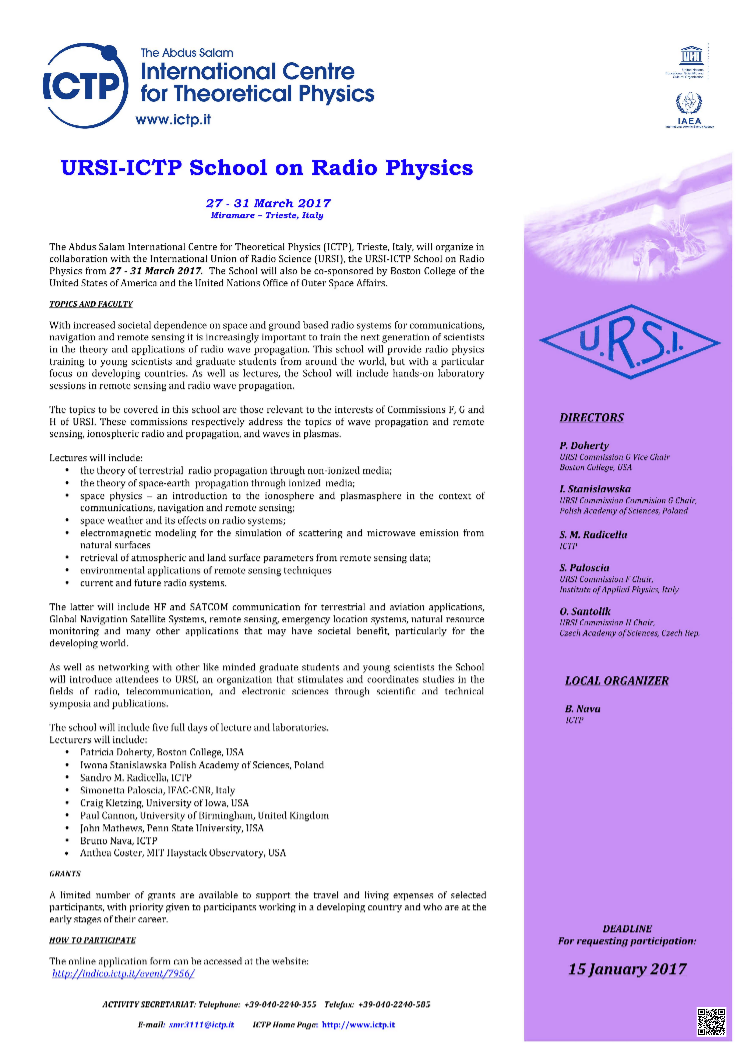Home » 2016
Yearly Archives: 2016
EST Newsletter Autumn 2016
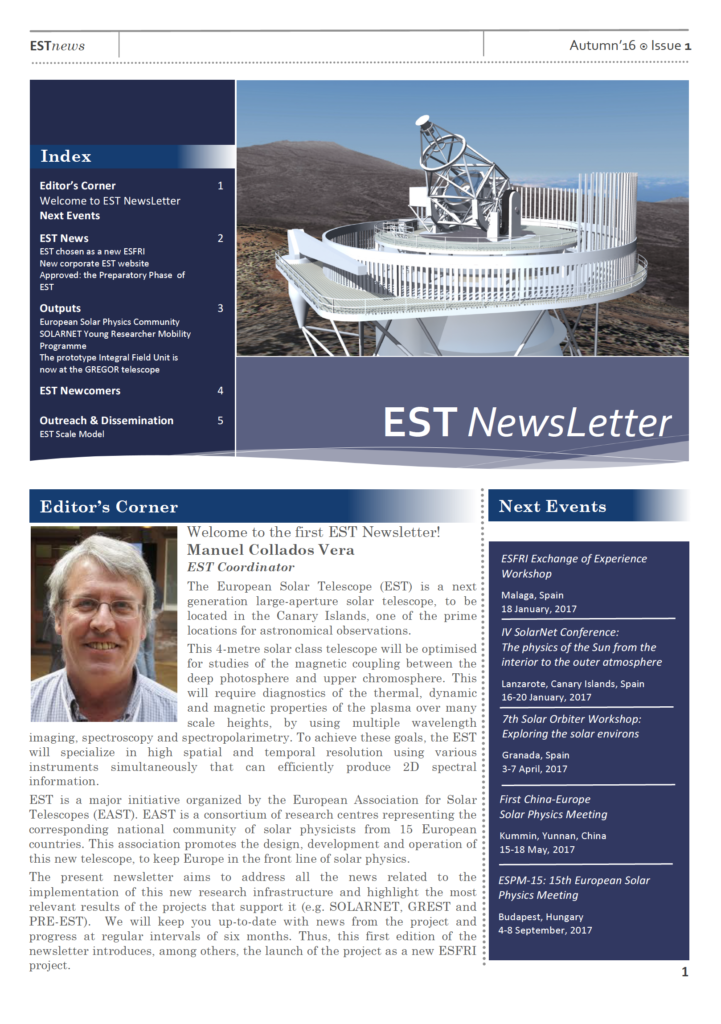 We are pleased to inform you that the first issue of ESTnews is out!
We are pleased to inform you that the first issue of ESTnews is out!
The purpose of this publication is to keep you informed about the progress of the European Solar Telescope (EST) project.
Please download a digital version in the following link: Download the PDF version
In this first issue:
- EST chosen as a new ESFRI
- New corporate EST website
- Approved: the Preparatory Phase of EST
- European Solar Physics Community
- SOLARNET Young Researcher Mobility Programme
- The prototype Integral Field Unit is now at the GREGOR telescope
- EST Newcomers
- EST Scale Model
More information at www.est-east.eu
Positions: December 2016
From SolarNews
- Institute for Astronomy (IfA) University of Hawaii – Tenure-Track Assistant or Associate Astronomer in Solar Physics
- International Space Science Institute, Bern, Switzerland – Director for Astrophysics Position
- University of Sheffield, UK – Two Postdoctoral Research Associates (PDRAs) in Solar Physics
- National Solar Observatory, Boulder, Colorado – Postdoctoral Research Associate
- University of Colorado Boulder, Colorado – George Ellery Hale Postdoctoral Fellowship Position in Solar, Stellar and Space Physics
Identification of the different magnetic field contributions during a geomagnetic storm
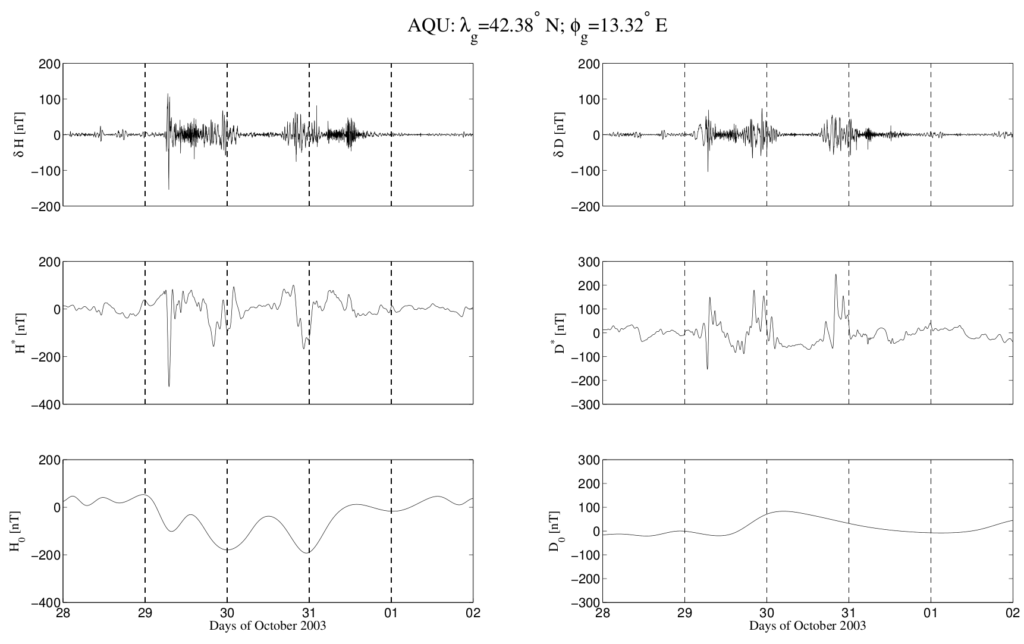
We announce to the community a recently published paper on the identification of the different magnetic field contributions during a geomagnetic storm in magnetospheric and ground observations. The authors of the paper are SWICo members from different institutions.
Abstract:
We investigate the time variation of the magnetospheric and Earth’s magnetic field during both quiet and disturbed periods. We identify the timescale variations associated with different magnetospheric current systems, solar-wind–magnetosphere high-frequency interactions, ionospheric processes, and internal dynamics of the magnetosphere. In addition, we propose a new local index for the identification of the intensity of a geomagnetic storm on the ground.
Spatial interactions in a modified Daisyworld model
We point out to the community an interesting paper by the UNICAL group on a modified version of the Daisyworld model. First author of the paper is the SWICo member Tommaso Alberti.
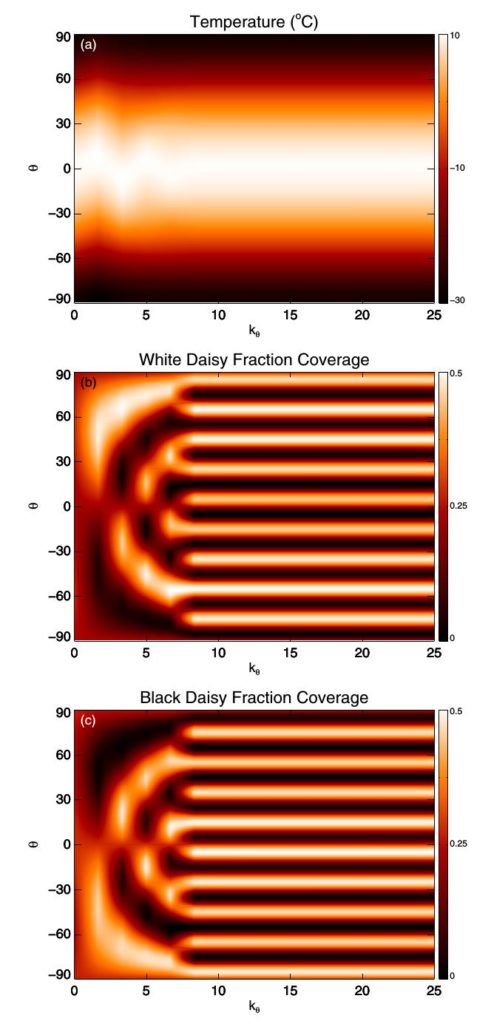 Abstract:
Abstract:
We investigate a modified version of the Daisyworld model, originally introduced by Lovelock and Watson to describe in a simple way the interactions between an Earth-like planet, its biosphere, and the incoming solar radiation, where spatial dependency, variable heat diffusivity, and greenhouse effect are explicitly taken into account.
In this way, we obtain a more realistic energy-balance model to investigate the evolution of the Earth’s climate by considering several influencing factors.
The model is based on a hypothetical planet, like the Earth, which receives the radiant energy coming from a Sun-like star, and is populated by two kinds of identical plants differing in their color: white daisies reflecting light and black daisies absorbing light. The interactions and feedbacks between the collective biota of the planet and the incoming
radiation form a self-regulating system where the conditions for life are maintained.
We show that the diffusion process is able to destabilize the system and plays an important role in setting the symmetry with respect to the equator. The greenhouse effect, modeled through a grayness function, affects the temperature evolution and contributes to self-regulating the planet climate, in agreement with observational data analysis.
The equilibrium state is significantly dependent on the initial conditions. The initial conditions of daisy
coverage influence the vegetation profiles although they do not significantly modify the temperature behavior. This implies that a different surface coverage by oceans, ice and vegetation can locally change their interactions, producing local micro-climate (similar to the climatic zones).
This model could be very useful in the framework of climate changes, due to its simplicity, to provide both global and local informations about temperature and biosphere changes.
TREASURE ITN positions

Dear colleagues,
I am pleased to inform you that we have 13 research posts that will be
soon made available in the scope of a new Marie Skłodowska-Curie
Innovative Training Network that I am leading. The project is called
TREASURE, standing for
*T*raining, *RE*search and *A*pplications network to *S*upport the
*U*ltimate *R*eal time high accuracy *E*GNSS solution
For details please see the attached pdf and feel free to circulate among potential candidates.
Marcio H O Aquino
TREASURE coordinator
Les Houches school of plasma physics announcement
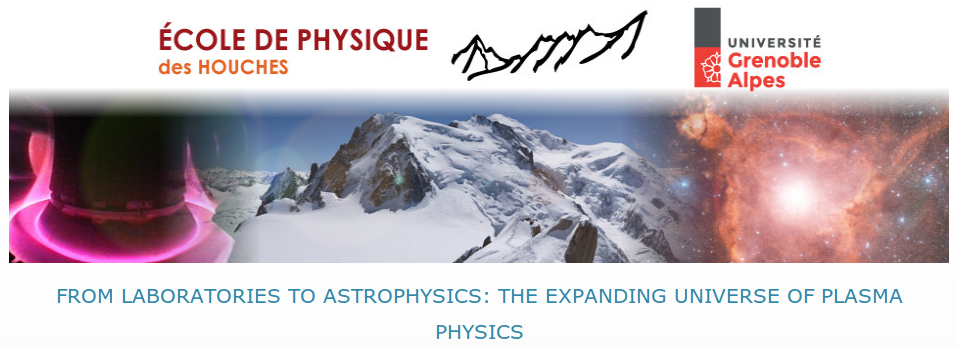
From laboratories to astrophysics: the expanding universe of plasma physics
Les Houches school of physics
Plasma physics plays a central role in many natural and man-made systems, from the vicinity of black holes to fusion experiments. This area of research is in fast development thanks to the strong interplay between experimental, theoretical, and numerical approaches. Long-standing challenges such as magnetic reconnection, turbulence, shocks, dynamo processes, or particle acceleration can now be tackled directly by a combination of these techniques. The goal of this school is to gather students and researchers from various communities (astrophysics, applied mathematics, fluid dynamics, fusion research) to provide a unified framework of plasma dynamics and to exchange new theoretical and experimental developments between these communities.
Session dates: May 1-12 2017
Post-doctoral Researcher Position at the ISSI
Post-doctoral Researcher Position at the International Space Science Institute, Bern, Switzerland
The International Space Science Institute (ISSI), Bern, Switzerland is seeking to appoint a post-doctoral researcher for 2 years primarily to work on a Horizon 2020 project, MiARD, the Multi Instrument Analysis of Rosetta Data. The post will involve two main strands, namely:
- Assessment of the potential dangers to interplanetary spacecraft from cometary dust through the use of existing models such as ESA’s “Interplanetary Meteoroid Environment Model” (IMEM) by the updating of such models with new information derived from Rosetta data.
- Study of the development of gas and dust activity triggered by different volatiles when comet 67P was approaching the Sun through the analysis and interpretation of data from various Rosetta instruments.
These activities will involve working with collaborators at partner institutes in Switzerland, France and Germany and with staff at ISSI. The successful candidate will ideally have experience of relevant aspects of cometary science with most likely a background in planetary science, physics, chemistry or related subjects. A small amount of time will also be available for the candidate’s personal research. Involvement in ISSI’s programme of activities would also be possible (details at www.issibern.ch). This position is available for an immediate start. Salary and conditions of employment will be similar to those provided by the Swiss National Science Foundation.
The application should include a motivation letter, the curriculum vitae, the list of publications and the names, addresses and means of contact of three references, not exceeding 7 pages in total. It shall be addressed to ISSI, attn. Professor John Zarnecki, Hallerstrasse 6, CH-3012 Bern, Switzerland; email: john.zarnecki@open.ac.uk and John.Zarnecki@issibern.ch with copy to: Professor Rafael Rodrigo; email: r.rodrigo@issibern.ch
Submissions by email are preferred provided all the documents are in the form of a single PDF file.
All applications must be received by ISSI no later than January 31st, 2017.
For informal discussion and further details, please contact:
Professor John Zarnecki (J.C.Zarnecki@open.ac.uk) or
Professor Rafael Rodrigo (r.rodrigo@issibern.ch)
Positions: November 2016 (2)
From SolarNews
- Joint Tenure-track Faculty Position at the University of Colorado Boulder and the National Solar Observatory
- FHNW, Switzerland — PhD Position in Heliophysics
Registration is open for the 7th Solar Orbiter workshop
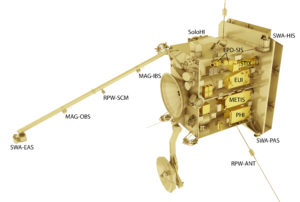 We are happy to re-post here the announcement of the 7th Solar Orbiter workshop:
We are happy to re-post here the announcement of the 7th Solar Orbiter workshop:

